The Automotive Cloud-based Active Health Monitoring System Market is currently characterized by a dynamic competitive landscape, driven by rapid technological advancements and an increasing emphasis on vehicle health management. Key players such as Tesla (US), General Motors (US), and BMW (DE) are at the forefront, leveraging innovation and strategic partnerships to enhance their market positioning. Tesla (US) continues to focus on integrating advanced health monitoring systems into its electric vehicles, emphasizing real-time data analytics and predictive maintenance. Meanwhile, General Motors (US) is actively pursuing collaborations with tech firms to bolster its cloud-based health monitoring capabilities, aiming to provide a seamless user experience. BMW (DE) is also investing heavily in digital transformation, enhancing its vehicle connectivity features to improve health monitoring and customer engagement, thereby shaping a competitive environment that prioritizes technological sophistication and user-centric solutions.
In terms of business tactics, companies are increasingly localizing manufacturing and optimizing supply chains to enhance operational efficiency. The market appears moderately fragmented, with several players vying for dominance. However, the collective influence of major companies like Ford Motor Company (US) and Toyota Motor Corporation (JP) is notable, as they implement strategies that focus on sustainability and innovation. This competitive structure suggests that while individual companies may have distinct approaches, their overarching strategies contribute to a cohesive market direction that emphasizes technological advancement and customer satisfaction.
In August 2025, Ford Motor Company (US) announced a partnership with a leading software firm to develop an advanced health monitoring system that utilizes AI for predictive analytics. This strategic move is significant as it positions Ford to enhance its vehicle maintenance offerings, potentially reducing downtime and improving customer satisfaction. The integration of AI into health monitoring systems could also lead to more efficient resource allocation and operational cost savings.
In September 2025, Toyota Motor Corporation (JP) unveiled a new cloud-based platform designed to provide real-time health monitoring for its hybrid and electric vehicles. This initiative is crucial as it aligns with the growing consumer demand for transparency in vehicle performance and maintenance. By offering a comprehensive health monitoring solution, Toyota aims to strengthen its competitive edge in the market, appealing to environmentally conscious consumers who prioritize sustainability and reliability.
In October 2025, BMW (DE) launched an innovative health monitoring feature that integrates seamlessly with its existing digital ecosystem. This feature not only tracks vehicle health but also provides personalized maintenance recommendations based on driving patterns. The strategic importance of this launch lies in its potential to enhance customer loyalty and engagement, as it offers a tailored experience that resonates with modern consumers' expectations for connectivity and personalization.
As of October 2025, the competitive trends in the Automotive Cloud-based Active Health Monitoring System Market are increasingly defined by digitalization, sustainability, and the integration of artificial intelligence. Strategic alliances among key players are shaping the landscape, fostering innovation and enhancing product offerings. Looking ahead, it is likely that competitive differentiation will evolve, shifting from traditional price-based competition to a focus on technological innovation, supply chain reliability, and customer-centric solutions. This transition underscores the importance of adaptability and forward-thinking strategies in maintaining a competitive edge in a rapidly changing market.


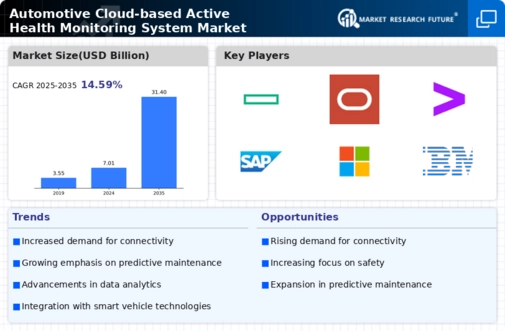
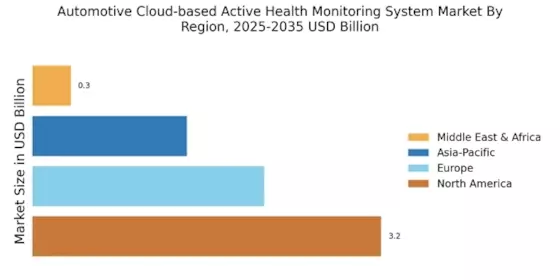
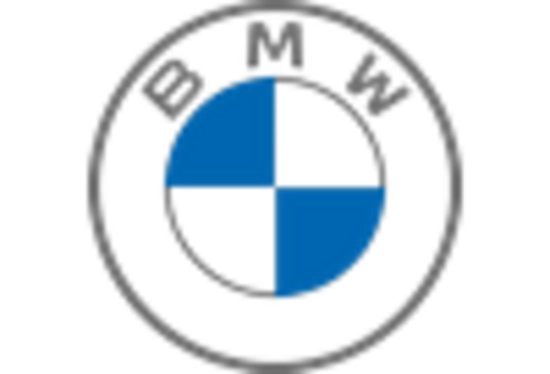


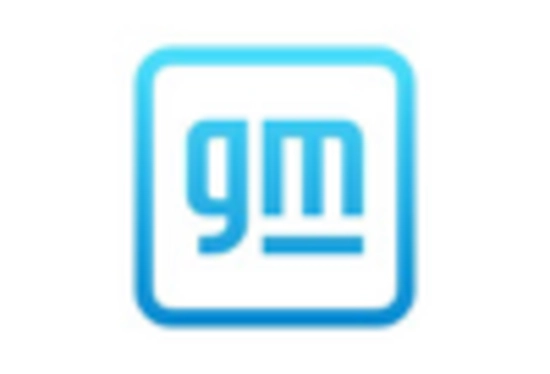

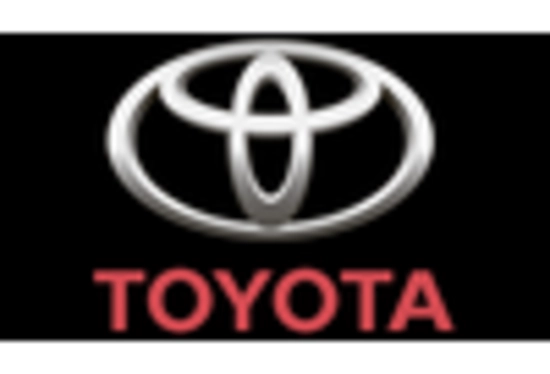








Leave a Comment